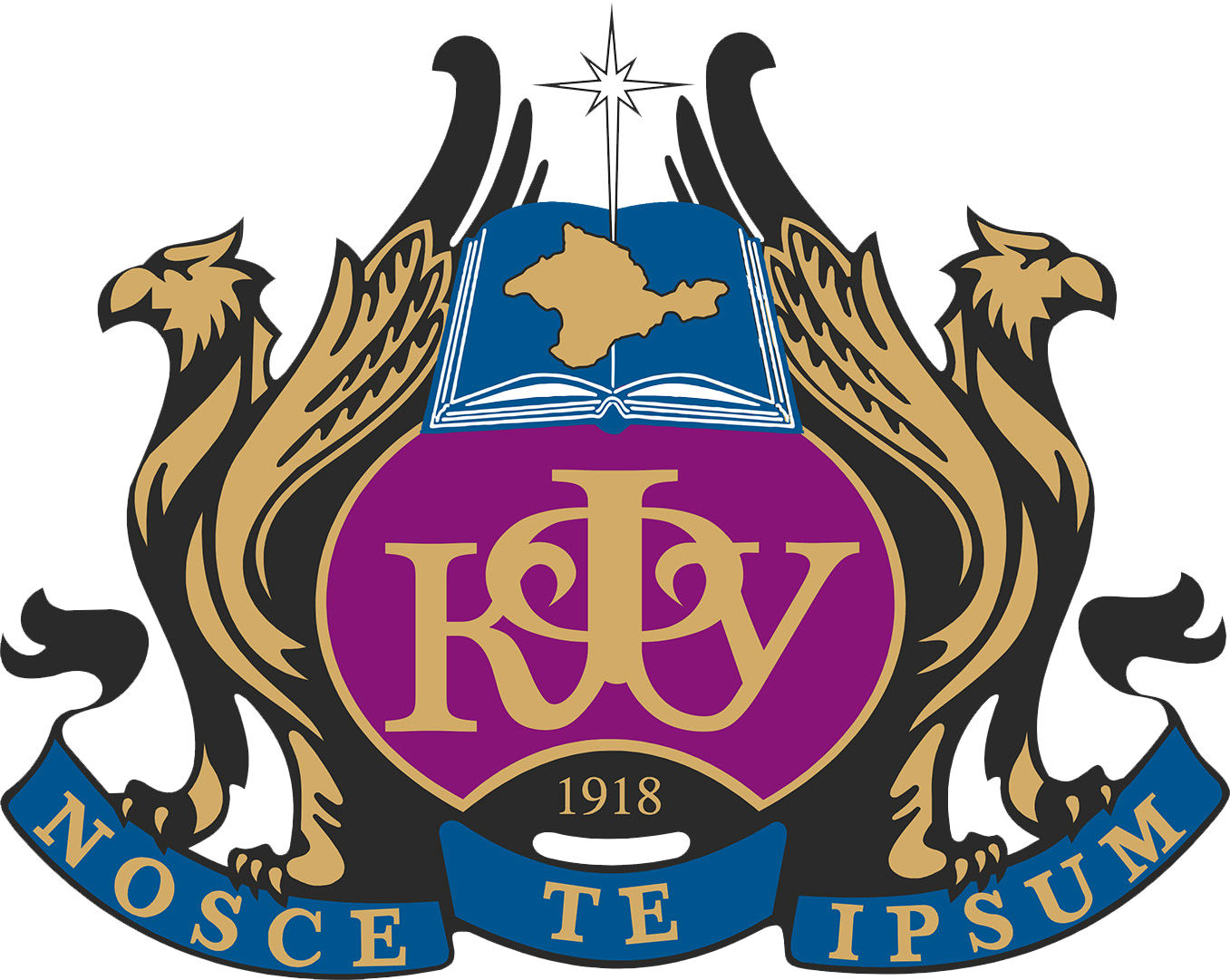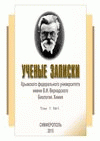Theory and experiment show that the atomic heat capacities at constant volume and constant pressure depend on temperature. In a theoretical consideration of heat capacity, it is easier to calculate , since depends only on the change in internal energy, and also depends on the work of expansion. The dependence of on temperature for bodies with an atomic lattice was theoretically considered by Debye, who obtained a formula that correctly conveys this dependence. In an experimental determination of heat capacity, it is easier to measure the values of . In this paper, the problem of approximating the temperature dependence of the copper atomic heat capacity in the temperature interval 50–1300 K by analytical functions is considered. It is shown that in the temperature interval 300–1300 K, this dependence is satisfactorily described by the linear function, the parameters of which are determined by the least squares method; the standard deviation was found to be equal to s = 4·10–3. In the interval 50–300 K, the dependence of on temperature is nonlinear and the Lagrange interpolation polynomial and cubic spline S3(T) were used to describe this dependence. It is shown that when using the spline S3(T) with the confidant a,j, given in the table it is possible to obtain a better approximation quality than when using the Lagrange interpolation polynomial L3(T).
heat capacity, temperature dependence, approximation.
1. Sokolv A. A., Loskutov Yu. M., Ternov I. M. Quantum mechanics, 638 p. (Prosveshhenie, Moscow, 1965). (in Russ.).
2. Zhukhoviczkij A. A., Shvarczman L. A. Physical chemistry, 520 p. (Metallurgiya, 1968). (in Russ.).
3. Zhdanov G. S. Solid state physics, 502 p. (Izd-vo MSU, Moscow, 1962). (in Russ.).
4. Physical quantity: handbook. Ed. Grigor’eva I.S. and Mejlikhova E. Z., 1232 p. (Energoatomizdat, Moscow, 1991). (in Russ.).
5. Tables of physical quantity. Handbook. Ed. Kikoin I. K., 1006 p. (Atomizdat, Moscow, 1976). (in Russ.).
6. Brief Handbook of physical and chemical quantity. Ed. Ravdel’ A. A. and Ponomaryova A. M., 232 p. (Chemistry, Leningrad, 1983). (in Russ.).
7. Ahlberg J. N., Nilsson E. N., Walsh J. L. The theory of splines and their applications, 316 p. (Mir, Moscow, 1972). (in Russ.).
8. Kornejchuk N. P. Splines in theory of approximation, 352 p. (Nauka, Moscow, 1984). (in Russ.).
9. Zav’yalov Yu. S., Kvasov B. I., Miroshnichenko V. L. Methods of spline functions, 352 p. (Nauka, Moscow, 1980). (in Russ.).
10. Mathews J. H., Fink K. D. Numerical methods. Using MathLab, 720 p. (Vil’yams, Moscow, 2001). (in Russ.).
11. Lapchik M. P., Ragulina M. I., Henner E. K. Numerical methods, 384 p. (Akademiya, Moscow, 2007). (in Russ.).
12. Course of physical chemistry, Vol.1. Ed. Gerasimov Ya. I. 592 p. (Chemistry, Moscow, 1979). (in Russ.).
13. Bornaczkij I. I. Foundations of physical chemistry, 344 p. (Metallurgiya, Moscow, 1971). (in Russ.).
14. Stromberg A. G., Semchenko D. P. Physical chemistry, 480 p. (Higher School, Moscow, 1973). (in Russ.).
15. Brief Handbook of physical and chemical quantity. Ed. Mishhenko K. P. and Ravdel’ A. A., 200 p. (Chemistry, Leningrad, 1974). (in Russ.).
16. Physical and chemical properties of elements. Handbook. Ed. Samsonov G. V., 808 p. (Naukova Dumka, Kiev, 1965). (in Russ.).





